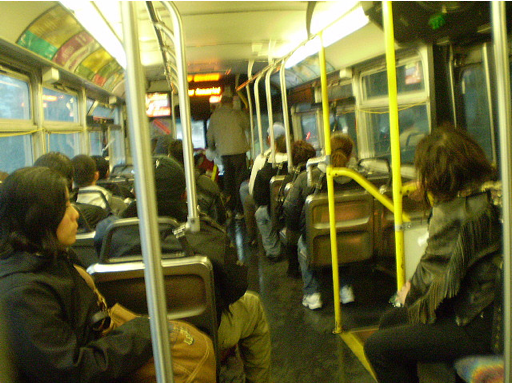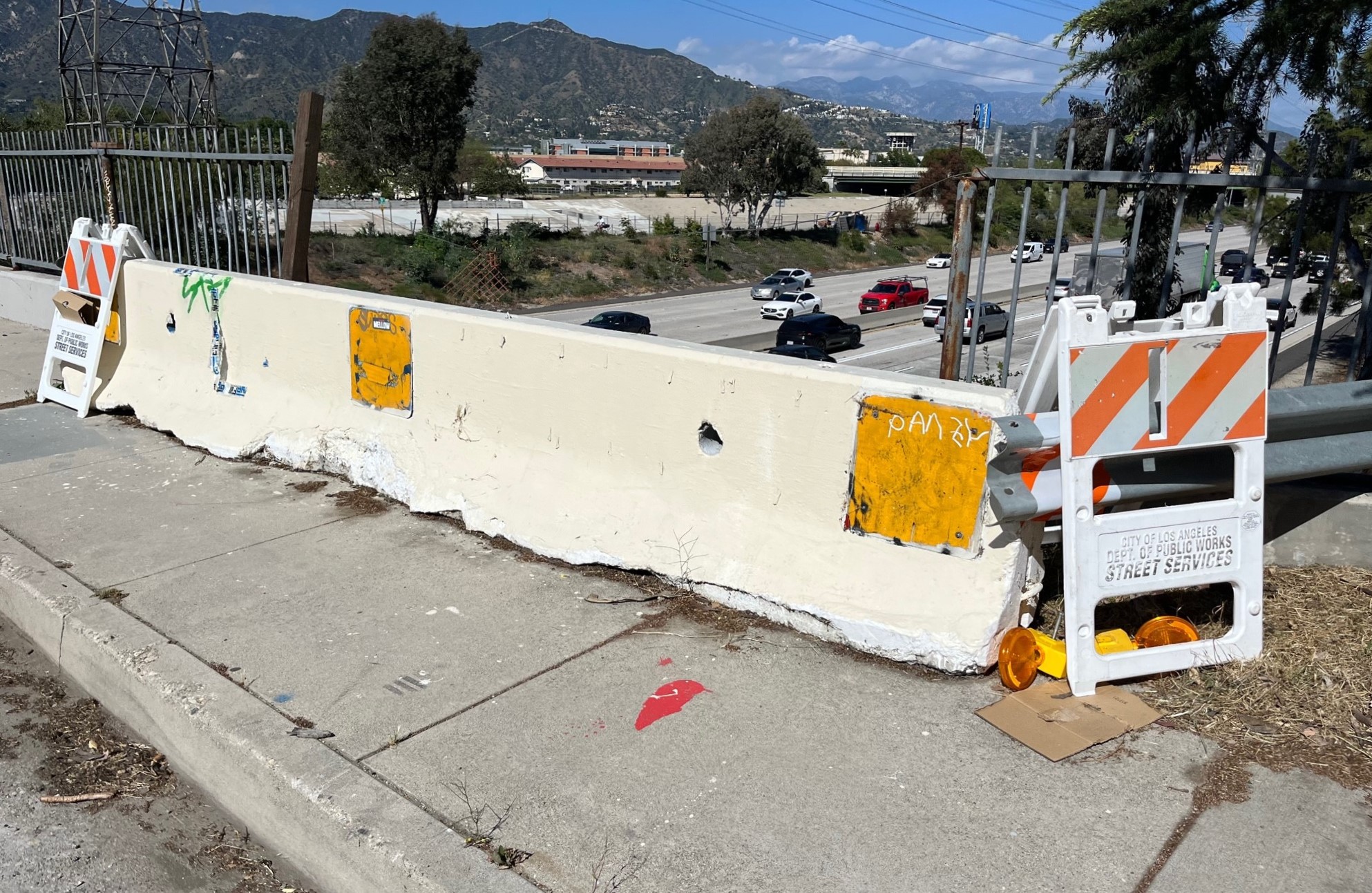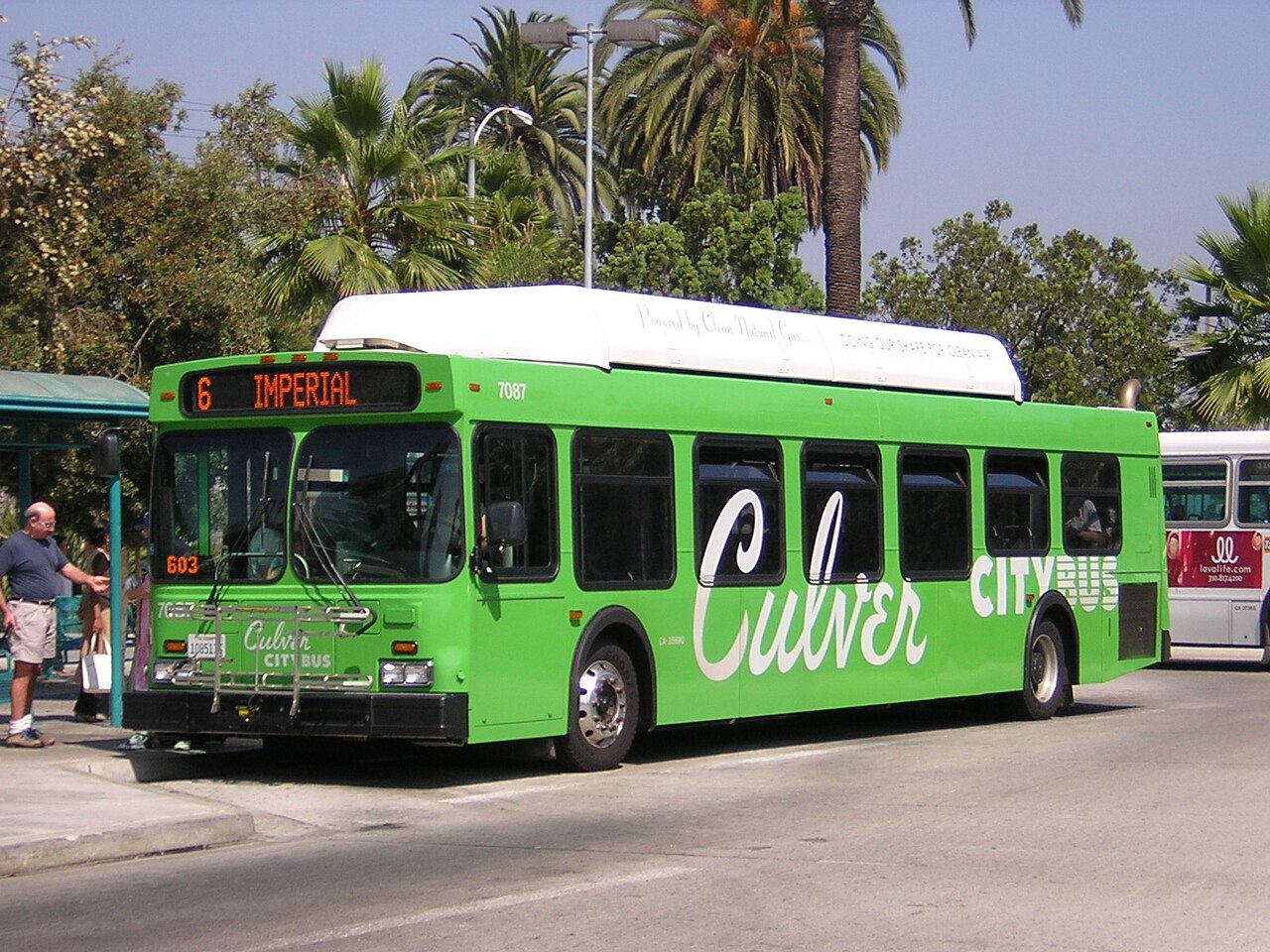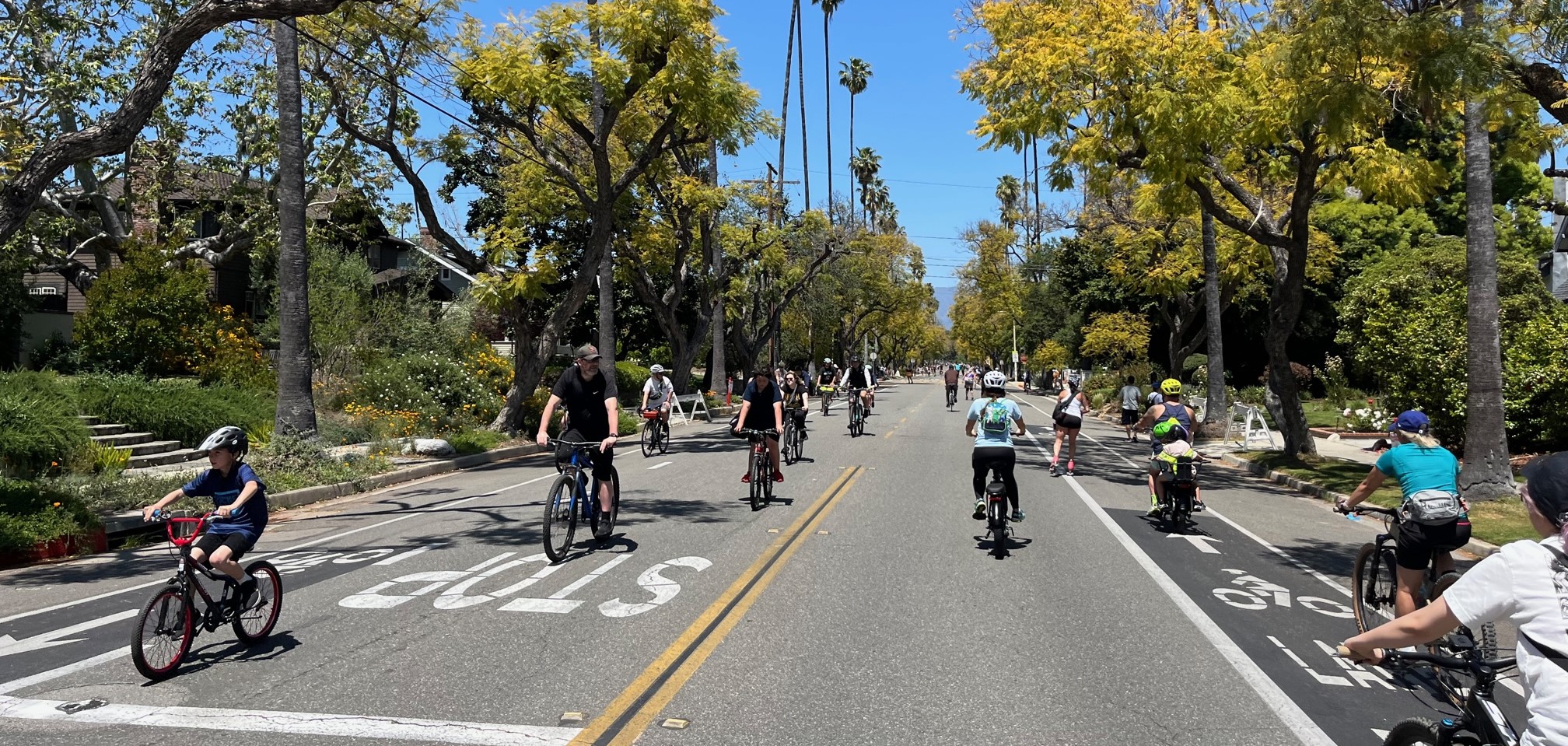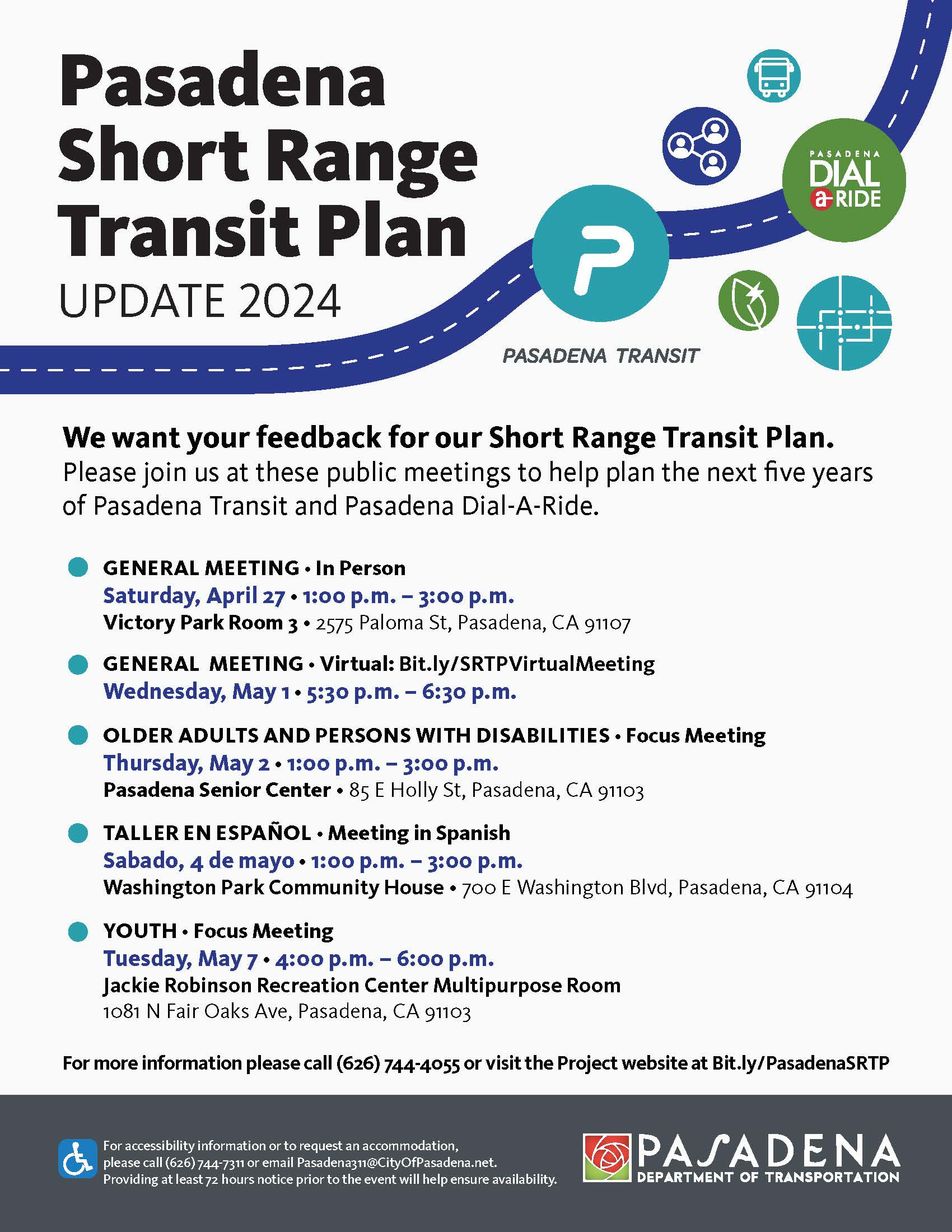Cut or Restore? Metro Bus Service Changes for June 2011
12:17 PM PST on February 1, 2011
(In advance of the kickoff of tonight's hearings on Metro's bus cut hearings, Faramarz Nabavi was nice enough to send along some very well researched comments on behalf of The Transit Coalition. If you care about bus cuts, take a moment to sit down and read through. - DN)
In preparation for the June 2011 service adjustments, Metro has announced the changes it is proposing for review at public hearings in February. The stated rationale for the adjustments is that Metro believes it is operating excessive service, both in terms of ridership levels for individual bus routes, as well as between routes that run parallel service, often operated by municipal agencies.
The bottom line? Metro is proposing to cut more bus trips, even though sales tax revenues are rising again. Improving efficiency is a laudable goal: The Transit Coalition supports service reallocation, particularly where it can increase ridership. Enhancing the level of maintenance is also a prudent strategy. However, these changes appear to be based primarily on load factor goals, rather than eliminating duplication.
For example, Metro has not proposed removing the Rapid segments that parallel the Red Line on Vermont and Wilshire; instead, it is proposing to eliminate the entire Western Rapid Line 757. The first two lines have higher load factors than Western, which may be why Metro proposed taking out Western instead. Like most Rapid routes, Line 757 headways are now infrequent enough that for a rider it is often faster to board any bus that arrives first, Local or Rapid, rather than to wait for the Rapid. This is a factor in causing ridership on the Rapid lines to fall: according to Professor Robert Cervero, "service frequency strongly influenced BRT patronage in Los Angeles County."[1]
Nor are some of the changes proposed by stakeholders that would enable service to “be better integrated with rail service provided by Metro” included here. For example, the Orange Line runs 10 minute headways midday off-peak and weekends, while the Red Line runs 12 minute headways during these times.
If the Orange Line headway was adjusted from 10 to 12 minutes, riders would have a better service through timed transfers to the Red Line, while freeing up resources that Metro could allocate to a parallel corridor to increase frequency there. Note that overcrowding is only a problem during peak hours. This would actually improve the off-peak load factors closer to CEO Art Leahy’s targets. Staff is understandably reluctant to touch a high-profile route such as the Orange Line without guidance from policy makers, even if technically such a change might not require a public hearing.
Thus, The Transit Coalition believes that the relationship between staff, the Regional Service Councils, and stakeholders needs to be reexamined. Suggestions by stakeholders for alterations to proposals are not necessarily addressed by staff (who make recommendations based on directives from management), unless if the Regional Service Council members have sufficient information to make decision on the spot. Usually, stakeholders do not have access to detailed system information, leaving a Catch-22. Indeed, some council members have expressed frustration that they do not have the means to significantly influence service planning for their regions beyond an up-or-down vote on staff proposals.
At a bigger picture – at the policy level – the Regional Service Councils should give guidance to staff on which factors to prioritize when putting forward service change proposals for their region, in conjunction with the Blue Ribbon Committee's recommendations, then receive preliminary data from staff on how many trips or hours will be cut vs. reallocated. Currently, the council members do not have this data, so there is no way for them to know what the results of their decisions will be.
For example, The Transit Coalition has estimated the number of trips that were eliminated vs. reallocated on the Ventura/Reseda corridors as a result of the December 2010 service cuts; staff could have given an indication of this to council members beforehand so that they could have made an informed decision, even if the exact service levels would be determined later.
What are some alternatives to a singular focus on increasing “load factors” (essentially, the highest number of passengers along a particular bus trip, a measure of utilization and crowding) on the bus? Differentiation of corridors by service levels and traffic congestion. For example, a 50% change from a 4 to 6 minute headway does not appreciably increase wait times, but going from 20 to 30 minute headways does. Another factor is traffic congestion: Some corridors have severe traffic problems, such as Ventura Blvd. and Wilshire Blvd. Finally, the potential for attracting more riders could be a consideration, which is connected to the other two concepts.
If Metro commits to providing a frequent level of service and publicizes it, such as what occurred at the beginning of the Rapid lines in 2000 and with the Orange Line in 2005, ridership will increase and congestion can be reduced. To continue the example, while ridership on Ventura has declined due to both the Orange Line and the Great Recession, after slashing service on the Valley’s top commercial corridor by over 50% in five years, Metro appears to be losing choice riders on this corridor, worsening traffic congestion as a result. In addition, by further cutting weekday Ventura Rapid service, Metro is also exacerbating overcrowding on the Orange Line.
Who are these choice riders? Many of them are lower-income workers with entry-level jobs for whom the savings from using transit can be significant, but who cannot afford to jeopardize their jobs if they cannot depend on the service to get to work on time within a competitive commute duration, and who have sufficient income to be able to switch to driving instead. These jobs are often on shifts other than 9-5, such as food service and retail stores, so off-peak frequency can make or break the decision whether to use transit.
Now that revenues are rising again, Metro should restore bus service on corridors with high choice ridership potential. Metro's own blog, The Source, highlighted that the top issue riders noted in its surveys was the need for more frequent service. While increasing frequency during peak hours may cause inefficient bunching on some routes, such as Wilshire, increasing off-peak frequency improves the perception of transit reliability among choice riders, because even if a bus is late (a reliability issue), the next bus will arrive soon enough that it will not be a problem (a frequency benefit). Research indicates that the elasticity of demand for off-peak service due to changes in frequency is typically double that of peak service,[2] indicating that more riders can be attracted through boosting off-peak frequency than by focusing on reducing crowding on peak service.
This appears consistent with Metro's own findings, where choice ridership has dropped from 34% to just 25% from 2006-2010, mirroring the period of time during which Metro has scaled back service from the Consent Decree and specifically during which the Ventura Blvd. example above experienced massive service reductions. Nor was this outcome unanticipated: Metro service planning staff have said in recent years that given the dire budgetary triage then, Metro decided to focus on its “core customers,” the transit-dependent, over maintaining choice ridership. That may have been necessary at the time. Rather than devoting energy to justifying past decisions, it would best if Metro meets the need to make targeted increases in frequency that will bring choice riders back.
Here are some specific recommendations regarding the proposals, [in brackets]:
Metro Westside/Central
2/302 Downtown LA-Pacific Palisades via Sunset Blvd
704 Downtown LA-Santa Monica via Santa Monica Blvd
Discontinue service at Sunset Blvd and Alvarado St.
[Ridership is high up to Echo Park Blvd., one stop further east. If the line is shortened, that should be the terminal, possible layover location opportunity. As noted by Dana Gabbard, the risk of a service imbalance should be analyzed. Metro should clarify if it intends to increase the frequency of service on Santa Monica Blvd. as a result of these savings; crowding between Doheny and Vermont is a serious problem.]
757 Hollywood-Hawthorne via Western Av
Discontinue service and reallocate resources to augment Line 207 service.
[Metro should analyze whether keeping Line 757 would make sense for the Expo Line service realignment; it may become a significant feeder line to Expo, or perhaps Line 207 may be sufficient.]
Metro San Fernando Valley
96- Downtown LA-Sherman Oaks via Riverside Dr, LA Zoo
155-Universal City-Burbank Station via Riverside Dr, Alameda Av
Shorten Line 96 northern terminal at Burbank Station. Modify Line 155 route to replace canceled Line 96 segment between Burbank Station and Sherman Oaks. Line 155 proposed to operate on Olive Ave. instead of Alameda Ave. in Media District and extended via Riverside Dr. to Sherman Oaks.
[This would be a good idea if Metro keeps the same number of trips between Burbank Station and Universal City Station, improving the service reliability relative to the current Line 96 that is frequently late by 20 minutes or more. However, Metro is proposing to eliminate half the service between Burbank and Universal City Station, which is unacceptable. Also, the Line 96 library detour in Silver Lake should be eliminated, thus saving some additional service hours due to unnecessary left turns.]
183 Sherman Oaks-Glendale via Magnolia Blvd
Proposal #1 – Simplify route in Burbank and Glendale; discontinue Kenneth Rd route segment and extend route via Colorado Blvd in Glendale to Eagle Rock Plaza; discontinue segment to Glendale Station.
[This proposal eliminates a non-duplicative segment - the Burbank hillsides - in favor of a duplicative one, sharing Colorado with Lines 180-181. The proposal should be modified to keep at least part of the hillside segment and short-line the route in Burbank, eliminating the duplicative Glendale segments. If the Burbank hillside segment is eliminated, seniors and the disabled will lose access to paratransit too.]
92/183/234
92- Downtown LA-Burbank Station via Glendale Av, Glenoaks Blvd
183-Sherman Oaks-Glendale via Magnolia Blvd
234- Sylmar Station – Sherman Oaks via Sepulveda Blvd, Brand Blvd
Proposal #2 – Discontinue Line 183 service. Extend Line 92 from Burbank Station over route of Line 183 to North Hollywood Station and terminate. Extend Line 234 east over Magnolia Blvd from Sepulveda Bl. to North Hollywood Station and terminate. Through patrons on Magnolia east and west of North Hollywood Station will transfer between proposed Lines 92 and 234 extensions. Discontinue Kenneth Rd to Glendale Station route segment.
[As with Proposal #1, the Burbank hillside segment needs to be retained; under this proposal, that would have to be transferred to another route, such as Line 155.]
94- Downtown LA-Sun Valley via San Fernando Rd
794-Downtown LA-Sylmar Station via San Fernando Rd
Discontinue weekend Line 794 service and improve Line 94 service from Line 794 resources. Extend Line 94 route to Sylmar Station on weekends.
[Given the way a similar proposal for Ventura Blvd. was implemented in December 2010, we have strong concerns that Metro does not intend to significantly enhance Line 94 frequency levels.]
230- Sylmar Station – Studio City via Laurel Canyon Blvd
634-Mission College – Sylmar Station via Hubbard Av/St
Combine Line 634 route with Line 230 to Mission College, eliminating a transfer. Line 634 will be cancelled.
[This is a good idea that The Transit Coalition supports.]
Metro South Bay
246 San Pedro-Artesia Transit Center via Pacific Ave, Anaheim St., Avalon Blvd.
Operate off-peak service hourly.
247 San Pedro-Artesia Transit Center via 7th St, Harbor Blvd.
Discontinue service.
[This is an area with high safety concerns - Metro even ran a pilot program several years ago allowing late-night drivers to diverge from the route by up to 1/2 mile to drop passengers at their destinations. Thus, this may be a case where retaining service frequency may be justified by reasons other than load factors, so if Line 247 were eliminated, the trips should be reallocated to Line 246.]
[1] Cervero, R., Murakami, J., & Miller, M. (2010). Direct ridership model of Bus Rapid Transit in Los Angeles County, California. Transportation Research Record, Vol. 2145, pp. 1-7.
[2] Currie, Graham, Wallis, Ian. (2008). Effective ways to grow urban bus markets - a synthesis of evidence. Journal of Transport Geography, Volume 16, Issue 6, pp 419-429.
Stay in touch
Sign up for our free newsletter
More from Streetsblog Los Angeles
Freeway Drivers Keep Slamming into Bridge Railing in Griffith Park
Drivers keep smashing the Riverside Drive Bridge railing - plus a few other Griffith Park bike/walk updates
This Week In Livable Streets
Bike Month, Hyperion street safety, Eastside rail plans, Pasadena transit, CicloIRVINE, Culver City bus service, and more
Active Streets Mission-to-Mission – Open Thread
Tens of thousands of participants biked, walked, skated and scootered on car-free streets through San Gabriel, South Pasadena and Alhambra
